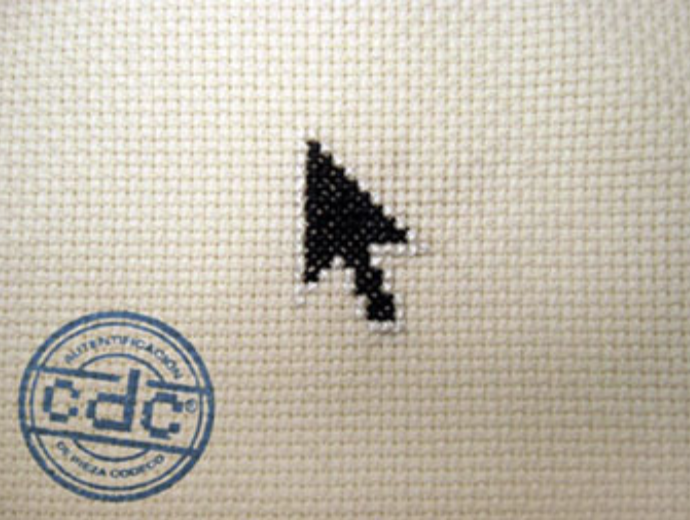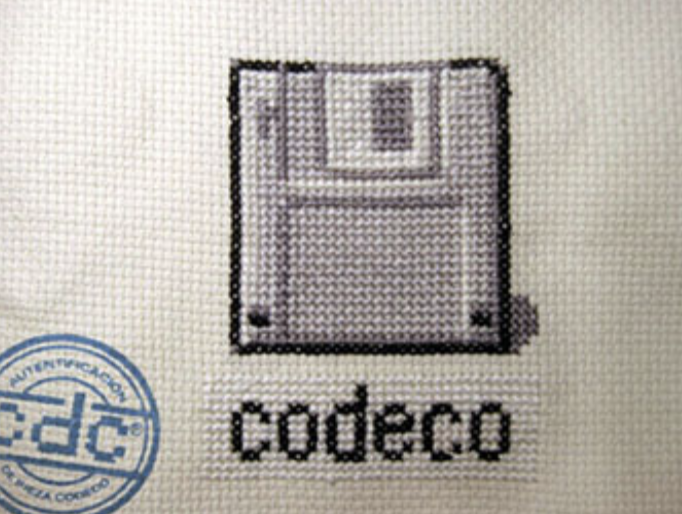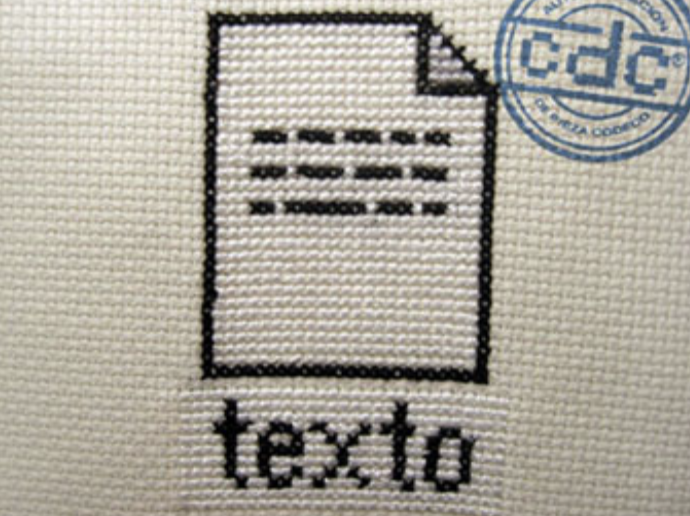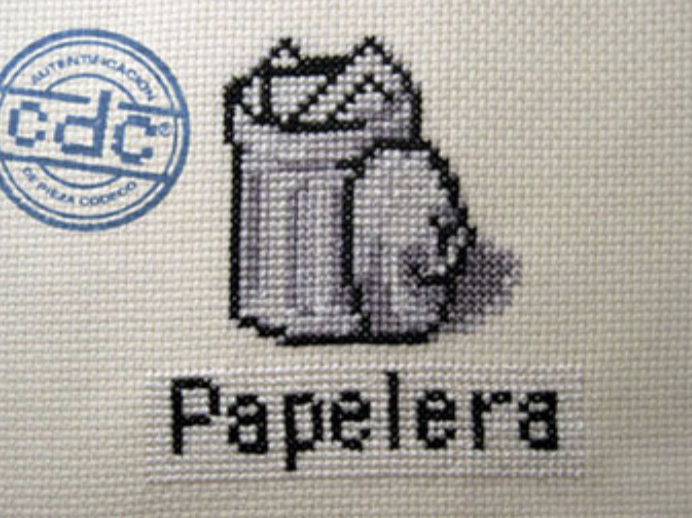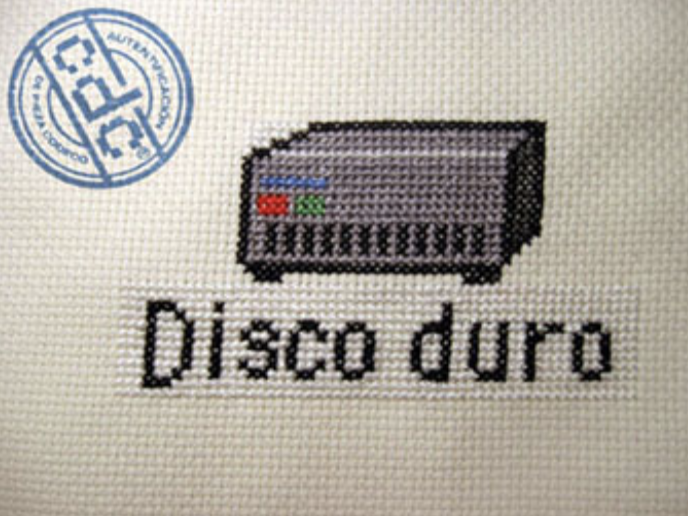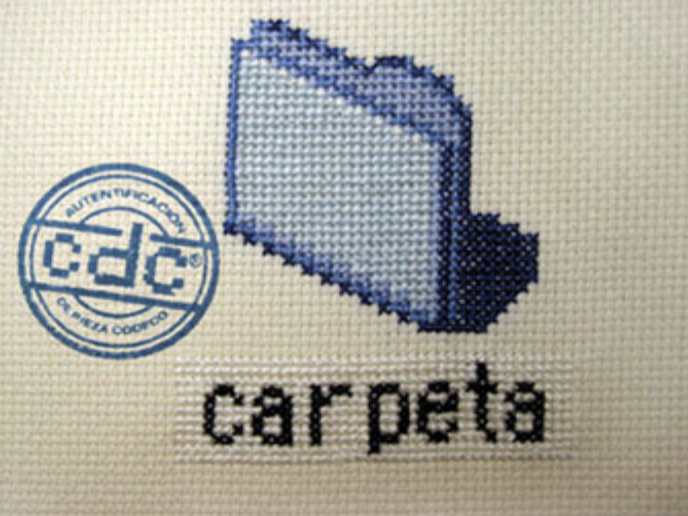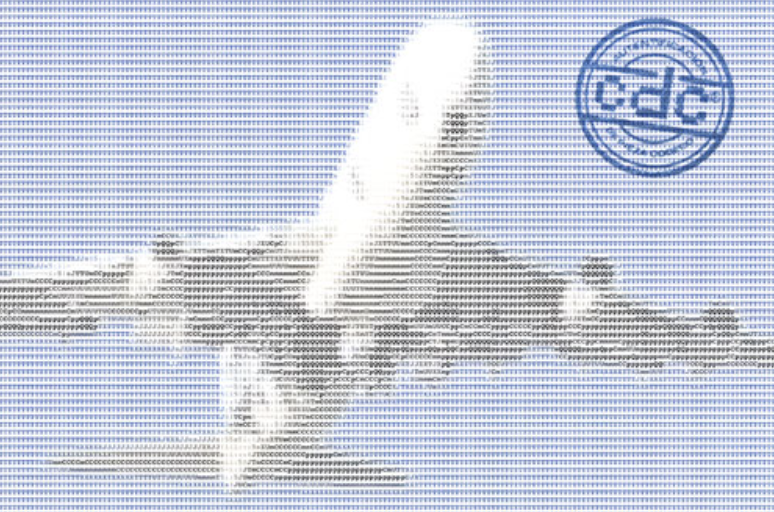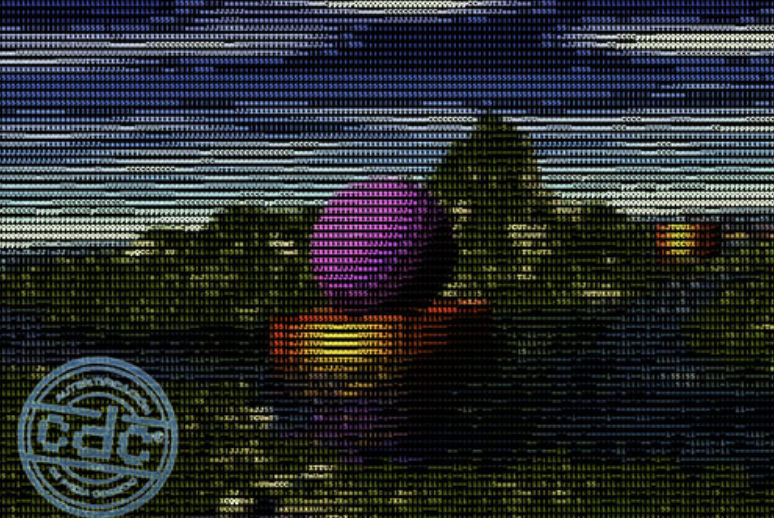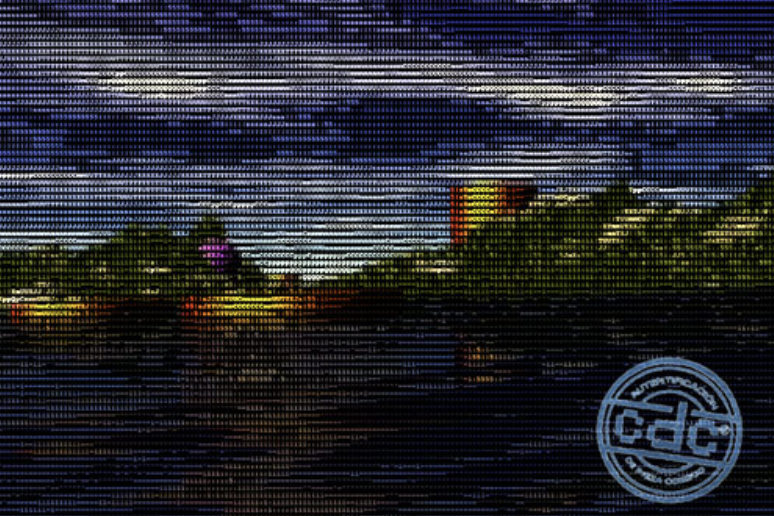Codeco
CODECO (coded-decoded-coded)
Transcending the digitalization era, CODECO takes another step forward in the conceptual field and draws us nearer to a new recoding (conversion to analogue) of information.
CODECO preserves the typical philosophy of digitalized information and recovers the spirit it lost in a careless codification process.
CODECO creates pieces with new meaning within the next link of the information treatment process.
In the same way as digitalization changed the way the flow of data was understood, the interpretation of this data and interaction with it, recoding represents the transcending of the technocratic state to return to widely-known analogue parameters which can be easily handled by anyone, despite the general subordination to the technological dictatorship.
In short, the return of a piece to an original format following its digitalization.
For a piece to be considered CODECO it is necessary – though in itself insufficient – that its development be based on the concept of “analogization”, in other words, on the conversion of contents or concepts from digital to analogue.
“From collecting e-mails written on paper to the abstraction of their paintings”; “For the freedom of the hard disk”; “For body exercise with Tetris games”; “To give new bit-parts to stage actors”; “To preserve digital information”...
CODEC has existed since the existence of information coding, thus CODECO pieces have also existed since then.
CODECO is a free, universal and open concept.
On this occasion CODECO proposes three pieces, together with an interactive link containing further information about the project.
CROSS-STITCH DESKTOP
Conversion to analogue of a computer desktop background design in a cross-stitch format.
The user-computer interaction interface is developed out of the metaphor of the desktop. CODECO shows us a piece in which the picture on the desktop screen is recoded on the basis of a language with which the user is perfectly well acquainted: the cross-stitch. Visually, the stitch is highly reminiscent of the pixel, a concept arising out of the digital age, blending its creation with the delimitation of the colour palette which, in our case, will be of 32 bits.
TOOL SHELF
Conversion to analogue of any computer program toolbar
This CODECO piece is based on the toolbar incorporated into computer programs.
The real tools for the job, such as tins of paint, brushes, and a pencil and so on are situated on a shelf in the same format as the toolbars of these programs.
ASCIIart FILM
Conversion to analogue of three planes of different images previously translated into ASCII code.
The ASCII code (made up of letters) is a reliable tool for the recovery of information from a digital document.
As a way of preserving a film in this format, CODECO proposes using a 35 mm support to record the images of a film generated with its information in ASCIIart, a system through which pictures are translated into lines made up of letters which create the forms of the original image.
Belén Montero and Juan Lesta work together under the name DSK
For futher information: http://esferobite.com/dsk
Sponsor: el periódico
Collaborators: ràdio4 | schilling cafè



